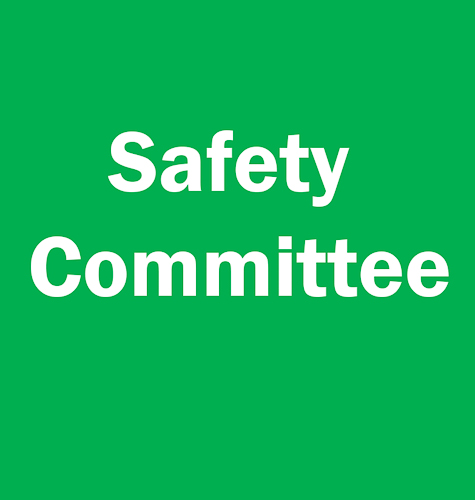Six-Month Safety Snapshot
Over the past six months downtown Denver has been navigating a mix of recovery, investment, policy changes, and persistent public concern about safety. The story isn’t a single headline; it’s a set of intersecting trends — falling on some metrics, stubborn on others — that together shape how residents, workers, and visitors experience the urban core.
What’s improving
- Increased public investment and visible projects. Voter approval of the Vibrant Denver bond and follow-through on major parks, 16th streetscape, and infrastructure projects have produced tangible activity downtown and in nearby neighborhoods, creating more programmed public space and eyes on the street.
- Revitalization progress and urban activation. Major projects and events have brought more people back to downtown corridors, improving natural surveillance and business activity in high-traffic areas.
- Comparing 2025 with 2024 using the same data points and assumptions it is reported for May–October 2025, the estimates are about 790k unique visits and 2.35M total visits. For 2024, the estimate for unique visits is 670k and total visits around 2.0M. This gives an +18% increase in unique visits and +17.5% for total visits.
Resident and business concerns
- Perception vs. data gap. Official snapshots show improvements on some violent-crime measures and targeted reductions in shootings in parts of downtown, but many workers and residents still report feeling unsafe — especially along key corridors and transit hubs where visible disorder, street-level crime, and quality-of-life issues remain present.
- Localized spikes and concentrated risk. Safety challenges are not evenly distributed: certain blocks and times of day show higher incidents. That means a citywide average can mask acute problem spots that shape everyday decisions for business owners, employees, and residents. Evidence of this is that violent crime increased by 36% month over month for October. Most of that increase came from 2AM bar closings, and transient shelters.
- Strain on safety and social services. We continue to see mental illness and drug induced behaviors play out on downtown streets. Visitors and residents observing these behaviors may draw the conclusion that the streets are not safe. City decisions and budget debates have left some residents and stakeholders uncertain about resources available for preventive services, outreach, and long-term support that reduce the conditions that produce crime.
Policy and budget context shaping safety
- City governance and budget dynamics have been prominent in recent months. A contentious budget season highlighted disagreements among elected leaders, even as core spending plans moved forward operationally. That political friction creates noise and can slow new program rollouts tied to public safety and services.
- Reforms and structural change. Voter-approved measures affecting governance and civic investment — including the Vibrant Denver bond and election changes — will influence how decisions are made and funded over the next several years, with downstream effects on public safety priorities and capital improvements.
- Social-safety net pressures. State and federal policy shifts affecting programs like SNAP (food resources), Roads to Recovery and SET outreach teams, have placed extra demand on local food assistance and community services, adding stress to neighborhoods and organizations that are part of the frontline social-support ecosystem.
On-the-ground countermeasures and city responses
- Operational policing and district focus. Denver Police Districts serving downtown have continued targeted enforcement and data-driven deployments for high-incident areas, while city leaders emphasize partnerships between public safety, outreach teams, and service providers.
- Preventive infrastructure and activation. Investments in parks, sidewalks, tree canopy, and transit improvements are being intentionally linked to safety outcomes by planners — activating spaces so they are better used, supervised, and maintained.
- Community partnerships and outreach. Nonprofits, business groups, and neighborhood associations continue to play critical roles in immediate response and in shaping long-term approaches such as mental-health diversion, supportive services, and summer activation programs. It will be important how and when the Opioid Settlement Funds are distributed. The State has potentially a billion dollars in the fund to address the impact of opioids on society. Join us at the UpDoNA Town Hall on Dec 16 at 5pm to learn more. It will be held at the Downtown Denver Partners offices on 16th and Arapahoe.
What this means for downtown users
- Short term: Be mindful — certain corridors and particular times still carry elevated risk. And always lock your car remove valuables from sight. UpDoNA will continue to work with city services, about signage, lighting, scooter safety and Police and security to make improvements.
- Medium term: Expect incremental improvement as bond projects, sidewalk investments, and activation work are implemented and mature. These capital projects take time but can shift patterns of use and create safer, more inviting public spaces.
- Longer term: Sustainable safety gains require aligning enforcement, proactive social services, predictable funding, and community engagement. Policy clarity and steady investment will be essential to convert short-term wins into durable change.
Thumbnail attribution: Rob Squire



